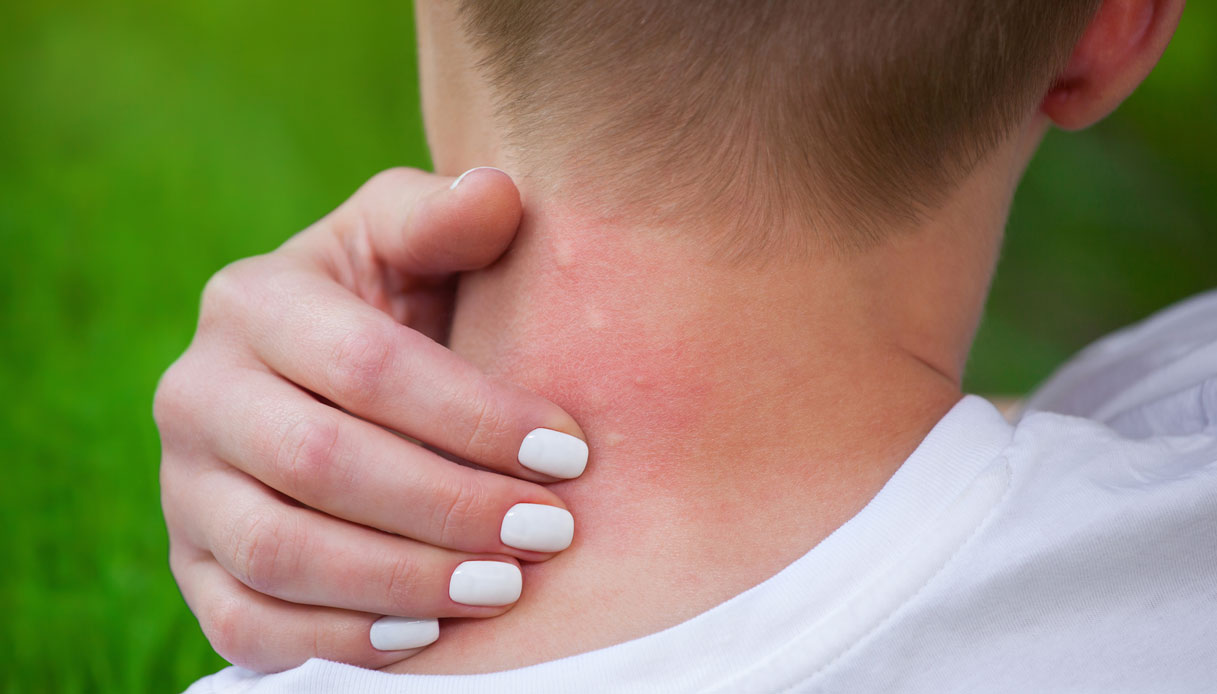The West Nile viruso West Nile virus, it is named after the area in which it was first isolated, namely the West Nile district in Uganda. It is spread through the bite of an infected mosquito. For the spread of the strain it is always necessary the insect as a vector of the infection
The disease typically has a variable mean incubation from five days to two weeks and it can take on different clinical characteristics: rarely, particularly in the elderly, it can also give rise to encephalitis. But here are, in summary, ten simple questions with the relative answers that can help us understand the main characteristics of this virus.
10 things to know
Is it a recently discovered infection?
West Nile virus has long been identified in humans, birds and other vertebrates in Africa, Eastern Europe, Western Asia and the Middle East.
What virus is it?
West Nile virus is part of the flavivirus family. This viral strain has long been known for its ability to attack the central nervous system, and in particular the brain.
What is this virus like from the genetic point of view?
This particular genus is a single-stranded Rna: it is protected by a sort of “membrane” (capsid) surrounded on its sole by a pericapsid.
Are there other similar viruses?
The flavivirus family includes different causative agents of diseases, starting from yellow fever to get to dengue and different types of encephalitis, such as Japanese encephalitis.
How is it transmitted?
The pathological agent passes to humans and other animals such as horses through the mosquito bite. It can spread mainly through migratory birds, which are bitten by insects and harbor the virus inside them. Once bitten by mosquitoes, these animals can then release the virus which is transmitted to a new host.
What exactly happens?
Mosquitoes can then transmit the West Nile virus to humans and animals, which are therefore terminal hosts as they bite for blood. The virus is found in the salivary glands of the mosquito. While they suck blood, the virus can be injected into animals or humans, where it can multiply, and thus cause disease.
Is animal-to-animal contagion possible?
It is always necessary that the virus be transmitted through mosquitoes. Human to human transmission could only occur in very few cases, such as after an organ transplant.
What is the incubation time of the infection in humans and how does it manifest itself?
The disease in humans has a mean incubation ranging from five days to two weeks. Nile fever can have very different manifestations from case to case. In most cases it begins as a very common parainfluenza syndrome, with fever, headache and muscle aches that tend to go away on their own in a few days. The involvement of the lymphatic glands is also quite common, as well as localized redness of the skin.
Can the infection be fatal?
Only in some people, and especially the elderly, can the infection cause encephalitis, which can be fatal or even leave neurological problems as a “legacy” of contact with the virus. In these cases the clinical picture is very different: in fact, there may be a very strong headache, stiffness in the neck similar to that of meningitis, muscle weakness and loss of consciousness. The fever is almost always very high and remains so for several days.
Are there specific treatments for human infection?
The treatment must be decided on a case-by-case basis, also because at the moment, unfortunately, there is no targeted therapy capable of directly attacking the virus. However, hospitalization in the forms with encephalitis is fundamental, for targeted treatment. It is necessary to support breathing, ensure adequate nutrition and prevent and in any case counteract secondary infections in the bud, perhaps caused by potentially very serious bacteria.
